News and Opinion
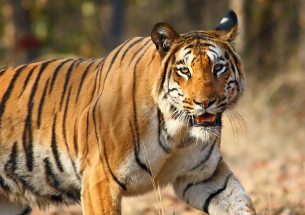
Nature documentaries increasingly talk about threats to nature, but still don’t show them
READ MORE about Nature documentaries increasingly talk about threats to nature, but still don’t show them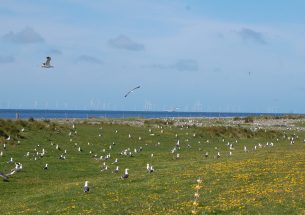
Wildlife and wind farms: Are British gulls staying safe in the winter sun?
READ MORE about Wildlife and wind farms: Are British gulls staying safe in the winter sun?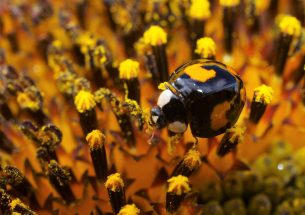
Flowering wild plants to promote beneficial insects in the field
READ MORE about Flowering wild plants to promote beneficial insects in the field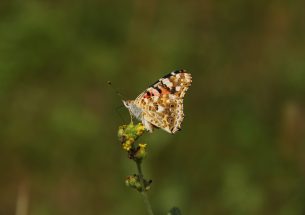
New model predicts Painted Lady butterfly migrations based on breeding sites data
READ MORE about New model predicts Painted Lady butterfly migrations based on breeding sites data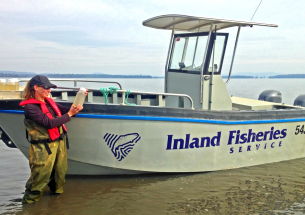
eDNA: a new tool to establish invasive species eradication success
READ MORE about eDNA: a new tool to establish invasive species eradication success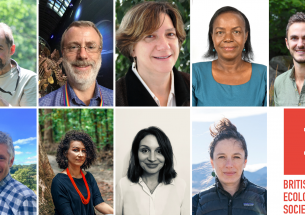
Announcing the 2019 British Ecological Society award winners
READ MORE about Announcing the 2019 British Ecological Society award winners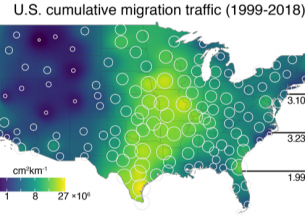
Using artificial intelligence to track birds’ dark-of-night migrations
READ MORE about Using artificial intelligence to track birds’ dark-of-night migrations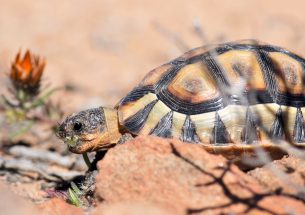
Daisies that close at night have camouflaged petals to protect them from herbivores
READ MORE about Daisies that close at night have camouflaged petals to protect them from herbivores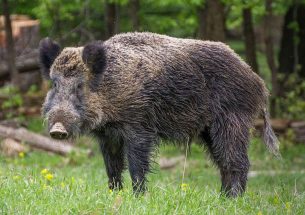
Single event or epidemic? Mating behaviour and movement patterns influence the dynamics of animal diseases
READ MORE about Single event or epidemic? Mating behaviour and movement patterns influence the dynamics of animal diseases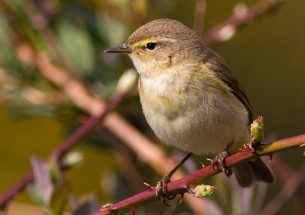
Angry birds: loud aeroplane noise causes birds to become aggressive
READ MORE about Angry birds: loud aeroplane noise causes birds to become aggressive
British Ecological Society launches large-scale study to test whether ‘blinding’ reduces bias in science publishing
READ MORE about British Ecological Society launches large-scale study to test whether ‘blinding’ reduces bias in science publishing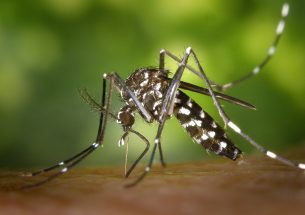
Mosquitoes push northern limits with time-capsule eggs to survive winters
READ MORE about Mosquitoes push northern limits with time-capsule eggs to survive winters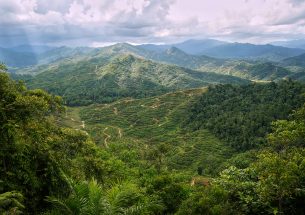
Connected forest networks on oil palm plantations key to protecting endangered species
READ MORE about Connected forest networks on oil palm plantations key to protecting endangered species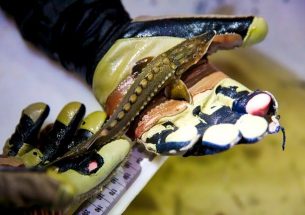
Shasta dam releases can be managed to benefit both salmon and sturgeon, study finds
READ MORE about Shasta dam releases can be managed to benefit both salmon and sturgeon, study finds